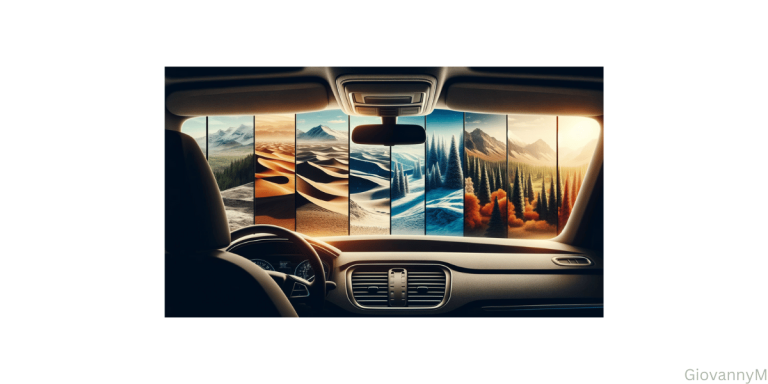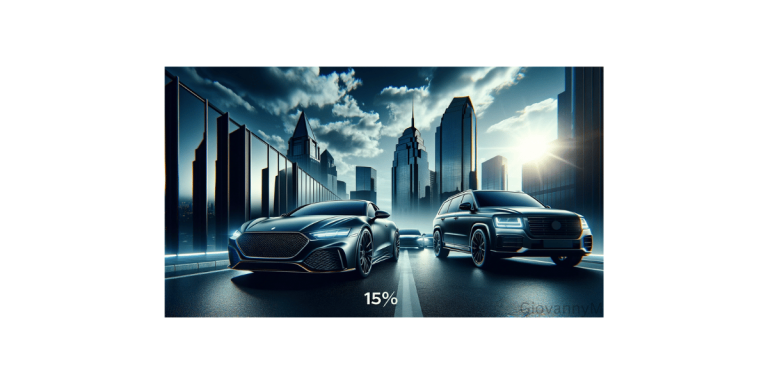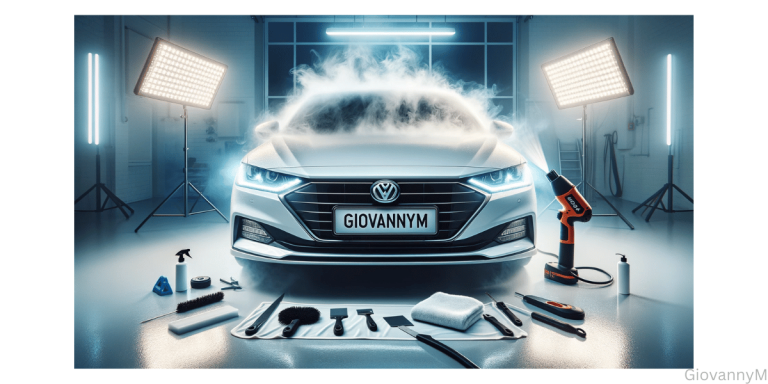Car Window Tinting #1 Best Guide (2024)

Why tint your car windows? From shielding against harmful UV rays to enhancing privacy and reducing heat – car window tinting offers a blend of benefits. This article demystifies the choices, unravels the legal aspects, and highlights the crucial steps to ensure you make a savvy decision on window tinting for your vehicle.
Key Takeaways
- Car window tinting provides a combination of benefits ranging from UV protection and heat reduction to enhanced aesthetics and privacy, with quality tints capable of blocking up to 99% UV rays and reducing solar heat by 35-65%.
- When choosing a window tint, it is essential to consider the type of tint film, legal regulations regarding VLT percentages and reflectivity, and the performance quality of the tint to ensure durability as well as aesthetic preferences.
- Proper installation by experienced professionals is critical for achieving the best results in car window tinting, and post-installation care, including a curing period, is necessary to maintain the quality and longevity of the tint.
Understanding Car Window Tinting
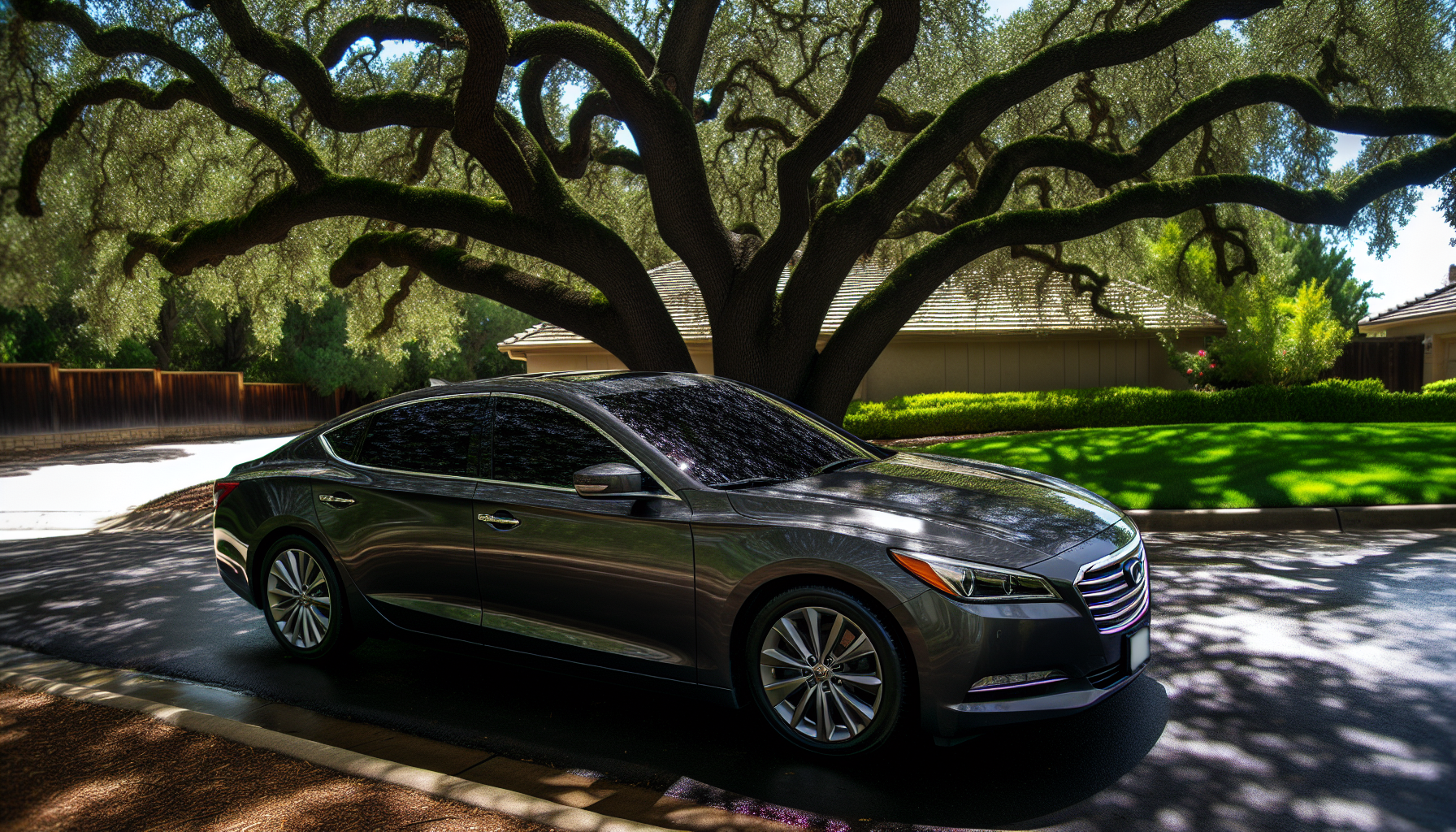
Car window tinting is not just about style—it’s a practical upgrade that can protect your vehicle and enhance your driving experience. Having your car’s windows tinted with window tints offers benefits such as:
- Reducing the transmission of light and heat, making the ride more comfortable
- Offering shatter protection
- Reducing the use of air conditioning, thus improving fuel efficiency
In addition to these benefits, a high-quality window tint can provide added privacy and security for you and your belongings.
Being aware of the different types of window tint films and their benefits can aid you in making a well-informed decision given the variety of options at your disposal. Nonetheless, the reasons for applying a tint extend past the mere selection of a film. It involves understanding the key measure in window tinting, Visible Light Transmission (VLT), which indicates the percentage of light allowed to pass through car windows.
Purpose of Window Tinting
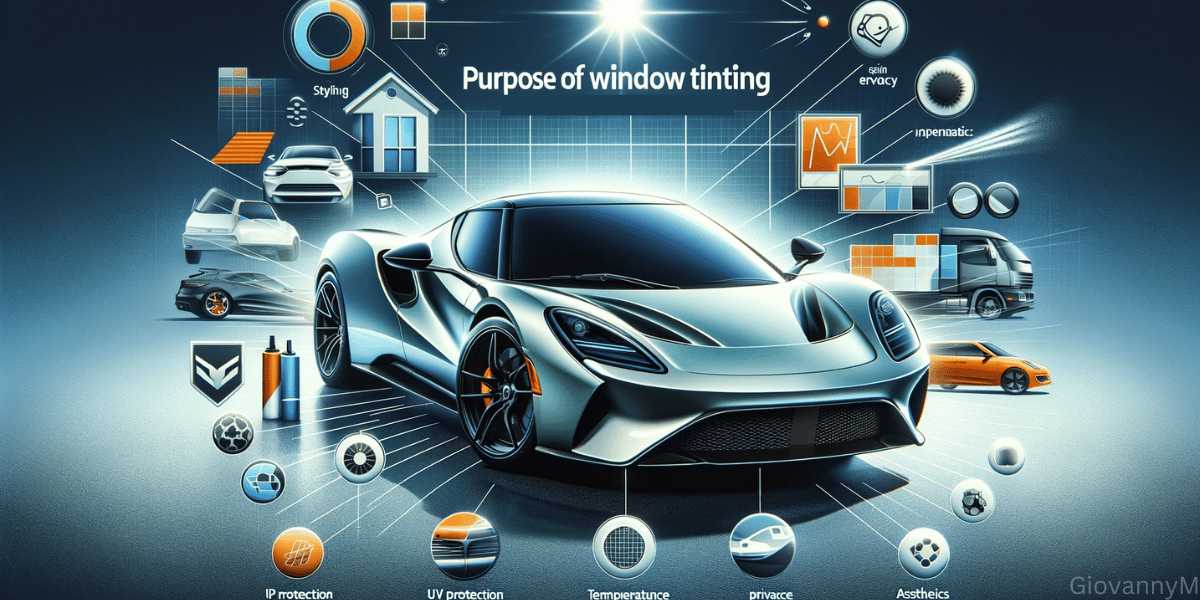
Window tinting fulfills various objectives. First and foremost, it provides protection from harmful UV rays, which can damage your skin and the vehicle’s interior. Moreover, tinted windows create a barrier that enhances privacy, making it difficult for outsiders to see inside your vehicle.
Yet, the benefits are not just functional. Applying a tint to your car’s windows can significantly enhance its aesthetics, giving it a sleek and customized look. So, apart from the practical benefits, window tinting is also about making a style statement.
Types of Window Tint Films
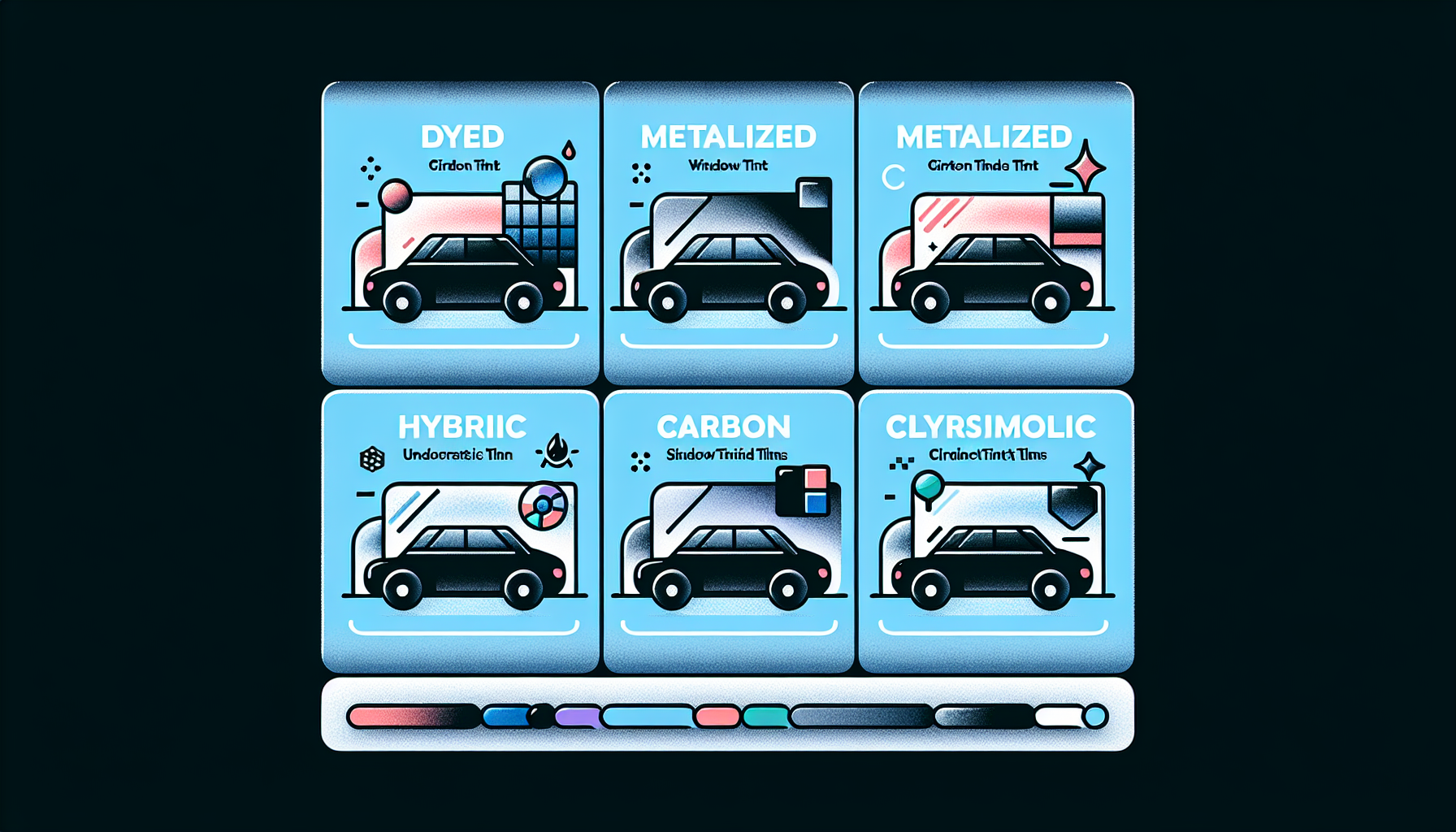
There is a variety to pick from when choosing a type of window tint for cars, each possessing distinct properties and advantages. Dyed window tints, for instance, are an affordable option that absorbs solar heat through layers of dye, offering various levels of opacity for aesthetic enhancement. However, they have limited UV protection and have a propensity to fade.
For those seeking more advanced options, metalized window tints, which embed metal particles to reflect sunlight, offer enhanced window strength against shattering, better heat rejection, and a shiny appearance. However, they can interfere with electronic signals. Hybrid window tints, a combination of dye and metal particles, offer UV protection and reduced sun exposure, minimizing the disadvantages like radio interference seen in pure metalized tints.
The premium options for window tints include:
Dyed Window Tints (Most Affordable)
- Dyed window tints: The go-to option for budget-conscious drivers. They absorb harmful UV rays and provide adequate heat rejection. While they may not offer the same level of protection as premium tints, they significantly reduce glare and enhance the car’s appearance.
Carbon Window Tints (Best for Electronic Signal Preservation)
- Carbon window tints: Ideal for drivers who rely heavily on electronic devices. These tints use carbon fiber particles to block harmful UV rays and are excellent at rejecting heat. They maintain a matte finish without affecting electronic transmission, making them a top choice for functionality and style.
Ceramic Window Tints (Top Quality and Shatter Protection)
- Ceramic window tints: The premium choice for those seeking the best in quality. They excel in rejecting heat and blocking harmful UV rays, offering superior shatter protection. Their use of ceramic particles ensures no disruption to electronic devices, providing both safety and comfort.
Crystalline Window Tints(Best for Heat and UV Rejection)
- Crystalline window tints: Perfect for drivers prioritizing UV protection and heat rejection while maintaining a lighter tint. They offer significant infrared radiation protection, keeping the car’s interior cool and protected.
Metalized Window Tints (Best for Heat and UV Rejection)
- Metalized window tints: These tints are for those who value aesthetic appeal along with functionality. They reflect UV rays and are effective in heat rejection, adding a unique shine to your windshield and windows. However, they might slightly affect signal transmission.
Each car tint type offers distinct advantages, from affordability to advanced protection, catering to a wide range of preferences and requirements.
Factors to Consider When Choosing a Window Tint
Deciding on the appropriate window tint entails more than merely opting for an attractive shade. Several vital factors need to be taken into account. Here are some important considerations:
- High-quality window tints are more durable and provide better performance over time compared to low-quality alternatives.
- Effective UV protection should be a priority to ensure interior protection.
- Heat rejection is important for maintaining comfort inside the vehicle.
By considering these factors, you can make an informed decision when choosing a window tint.
Nevertheless, the decision-making process isn’t over yet. There are legal regulations to adhere to, the performance and quality of the tint to consider, and of course, your aesthetic preferences to keep in mind.
Legal Regulations
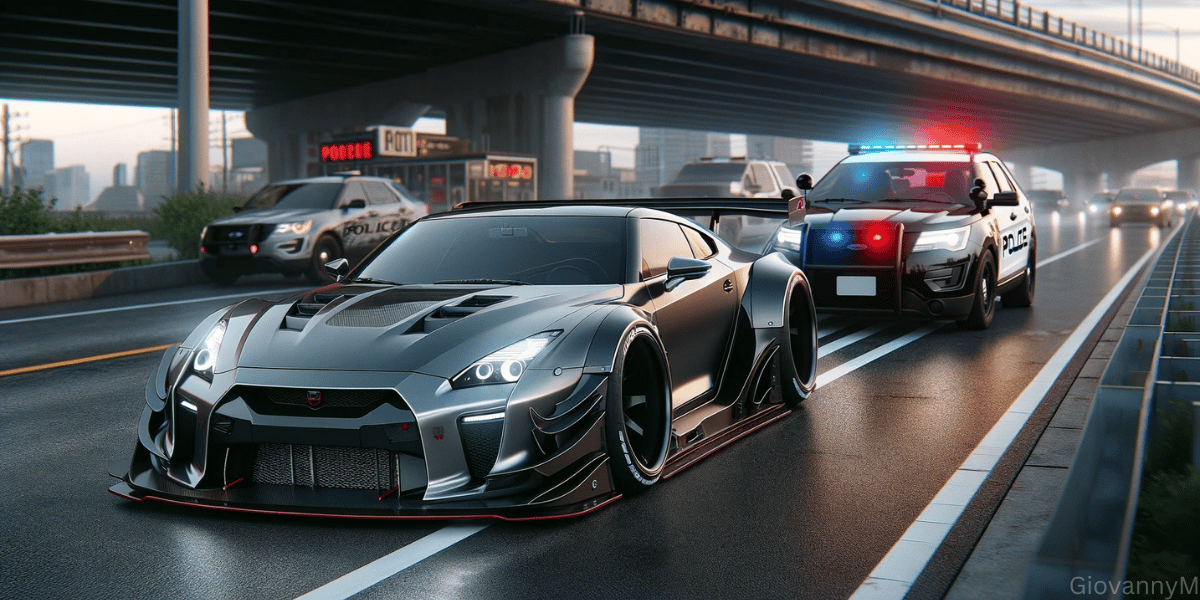
Local and state laws should be among the initial considerations when deciding on a window tint. It’s crucial to adhere to these laws to avoid fines and ensure compliance with regulations.
These laws often specify allowable Visible Light Transmission (VLT) percentages for front-side, back-side, and rear windows, as well as any regulations on windshield tinting.
Additionally, tint reflectivity regulations detail the maximum amount of light that can be reflected away from car windows. Certain tint colors, such as red, amber, and yellow, are often prohibited by state laws, which also address requirements like dual side mirrors for vehicles with rear window tint.
Ignoring these laws can result in significant fines and the requirement to re-tint windows according to legal standards.
Ignoring Legal Regulations
Overlooking legal stipulations during window tint installation could result in penalties and necessitate adjustments to abide by the law. It’s crucial to be aware of the legality of windshield tinting in your location.
Using a tint that exceeds the legal shade limit may lead to repeated police stops and fines, ultimately requiring adjustment of the tint to comply with the law.
The Tint World State Window Tint Regulations Chart and Summary is a tool that explains the legal restrictions on films and tint regulations for personal use vehicles.
Performance and Quality

In the process of selecting a window tint, it’s vital to verify its high-performance quality. Quality tints can block up to 99% of the sun’s UV rays, which are harmful to both the driver’s skin and the vehicle’s interior. Some tints, like crystalline tints, offer UV protection without a tinted appearance.
Quality auto window tints also provide significant heat rejection, with some materials achieving 35-65% solar heat reduction. This enhances vehicle comfort and reduces glare and interior temperature, making auto window tinting a valuable addition to any vehicle, especially for rejecting heat.
Durability of window tint installation is dependent on film quality, with top-tier brands offering long-lasting performance without issues such as peeling or bubbling.
Aesthetic Preferences
Your aesthetic inclinations significantly influence the selection of the right window tint. You’ll find a range of aesthetic options, from transparent films to visually enhancing tints, including those with clarity infrared protection.
Light tints, for instance, provide the benefits of heat rejection and glare reduction without significantly changing the aesthetic look of the car. So, whether you want a barely-there appearance or a dark, sleek look, there’s a window tint to match your style.
Selecting the Right Tint Installer
After settling on your preferred type of tint, the subsequent step is to locate a suitable installer. A window tint installer with a proven track record and positive customer reviews is crucial for a professional and long-lasting result.
A knowledgeable installer understands the different tint film products available and can advise on the best option tailored to your preferences. To ensure that you are guided in selecting the best window tint products, seek reputable professionals such as a Solar Gard Pro in your area.
Warranty and Aftercare
Choosing a tint installer who offers a warranty can provide confidence in the quality of the film and coverage for potential faulty materials or installation labor. Reputable window tint brands and experienced installers offer warranties that cover issues such as:
- Blistering
- Cracking
- Delamination
- Discoloration
- Color fading
However, warranty conditions typically prohibit the use of ammonia or abrasive materials for cleaning tinted windows, and require the owner to wait a certain period, such as 30 days, before washing the film after installation. To ensure warranty claims are honored, customers need to keep the original warranty and installation invoice.
It’s also important to note that warranties are often non-transferable, applying only to the original owner.
and always ensure to maintain car window tinting properly using the right tools and products.
The Window Tinting Process
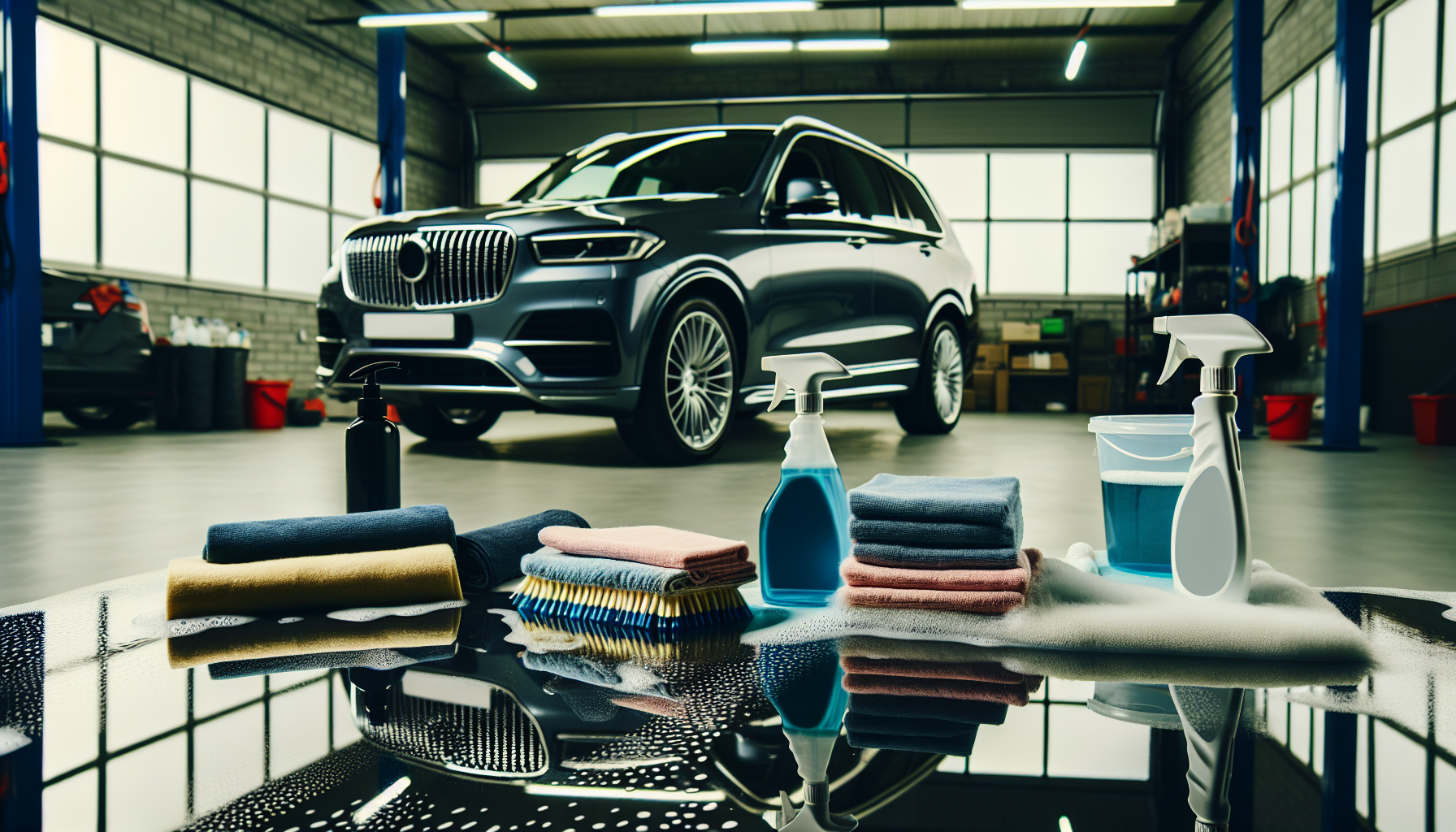
At this point, you might be curious about the actual window tinting procedure. It’s a meticulous process that involves preparing the vehicle, installing the tint film, and allowing a curing period for the film to set properly.
Windows must be cleaned thoroughly before tint application to ensure no dust, dirt, or oils interfere with the film’s ability to adhere to the glass. Once the tint film is positioned on the window, it must be smoothed out to eliminate air bubbles and wrinkles for proper adherence. After the film is applied, the edges are trimmed for a clean and exact fit.
Preparing the Vehicle
Thorough preparation of the vehicle prior to the tinting process is essential. The initial step involves cleaning the windows with a soapy water solution to remove dirt and debris. Failing to do so can affect the longevity and appearance of the window tint.
Removing old tint can leave a sticky residue that’s challenging to remove without professional products, leading to cloudy windows that impair visibility. Prior to film installation, a precise knife or blade is used to cut the tint film to a workable size that slightly exceeds the window dimensions.
it is always recommended to wash your vehicle before installing window tint.
Installing Car Window Tint Perfectly
To install car window tint perfectly, it’s not just about sticking a film onto the window; it’s an art that requires the right tools and precision. Professional installers begin by accurately measuring each window, ensuring the tint fits like a glove. They then cut the film to the exact size, a crucial step for a flawless finish.
Here’s how they do it:
- Gently peel off the film’s adhesive liner.
- Carefully place the film on the glass, using a soap and water solution for better adherence.
- Smooth out the film with a squeegee, eliminating any bubbles and excess solution.
- Finally, a heat gun and a small card are used to achieve that seamless, bubble-free appearance.
Remember, while the price of professional installation might be higher, the perfection you get is often worth every penny.
DIY Installation
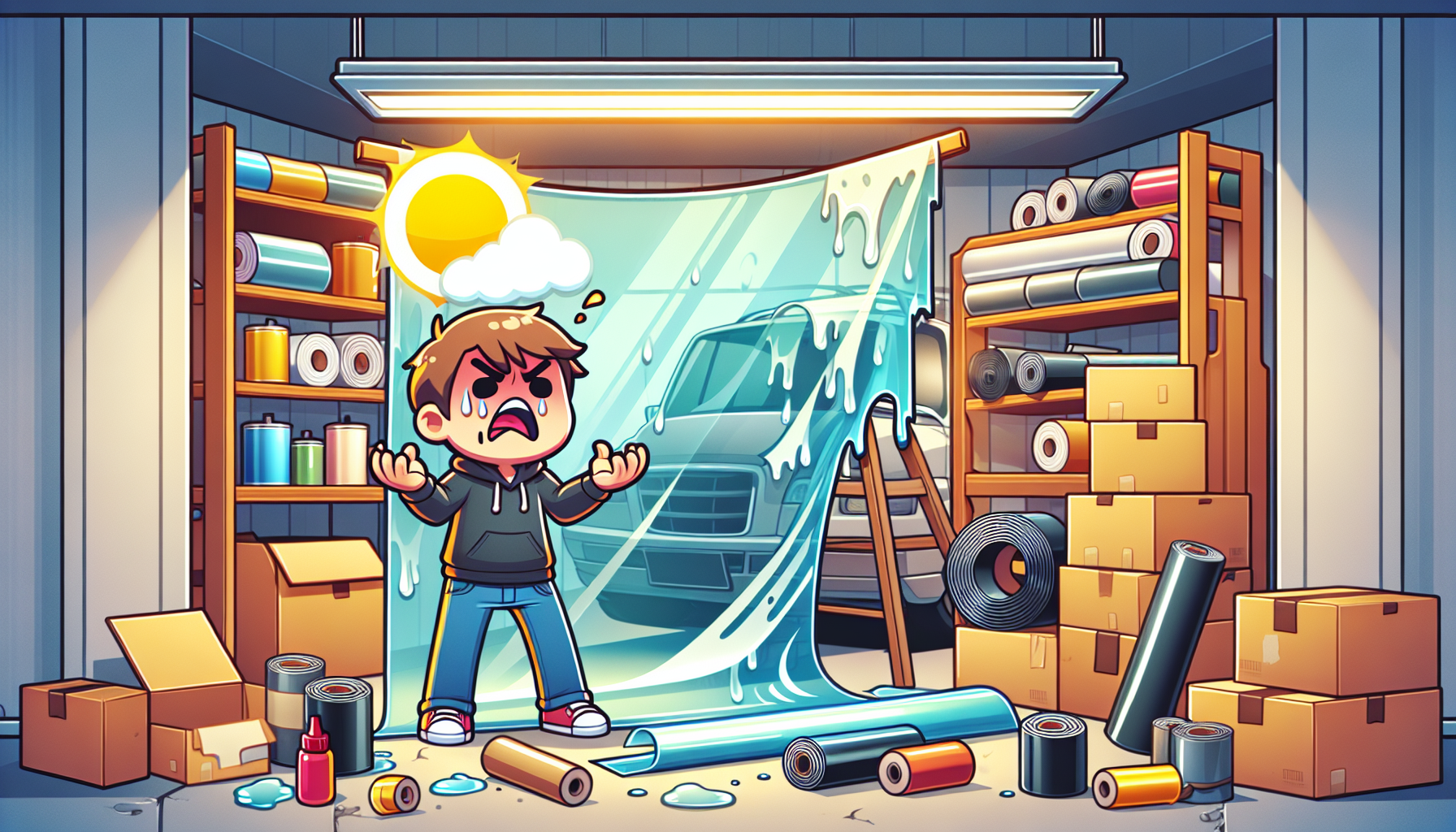
Though a DIY installation may appear economical, it could lead to issues like misalignment, air bubbles, and peeling, thereby compromising the tint’s aesthetics and efficacy. Incorrect cleaning and prepping of the window surfaces before applying the tint can cause the film to peel off soon after installation.
Tint films are thin and sticky, making them susceptible to crinkling and accidental folding during DIY application, which is often exacerbated by environmental factors like wind.
Mistakes in DIY tint installations can necessitate the purchase of new film, potentially increasing the overall cost to that of professional installation, without any warranties or options for recourse if the tint fails.
Curing Period
Following the film’s installation, a curing period is required for the window tint to properly set. During this time, windows should not be rolled down to prevent peeling. It’s normal to notice a slightly hazy appearance or tiny water bubbles during the curing period as the film dries.
The curing process can be faster in warmer conditions, which helps water pockets to evaporate sooner. After the tint has cured, windows should be cleaned using non-ammonia-based cleaners and a gentle technique such as the two-towel method to keep the tint in good condition.
Consulting with a professional car detailer can provide additional aftercare tips and product recommendations to ensure the window tint remains in optimal condition.
Common Window Tinting Mistakes to Avoid

When it comes to window tinting, a few missteps can turn a sleek upgrade into a bit of a headache. Here are some common errors you’ll want to steer clear of:
- Choosing Low-Quality Films: It’s tempting to go for the cheaper option, but low-quality films can fade, peel, and not provide adequate UV protection. It’s like buying a raincoat that can’t handle a drizzle.
- DIY Installation Disasters: Unless you’re a pro, DIY tinting can lead to bubbles, creases, and uneven application. It’s like trying to cut your own hair – better left to the experts.
- Ignoring Legal Regulations: Each state has its own rules about tint darkness and reflectivity. Ignoring these can lead to fines and having to redo your tint. Always check local laws first.
- Not Allowing Proper Curing Time: Impatience can ruin a good tint job. Rolling down windows too soon after installation can cause peeling.
- Using the Wrong Cleaning Products: Post-installation, using harsh chemicals or abrasive tools can damage the tint. Stick to gentle cleaners and soft cloths.
- Forgetting the Warranty: Always check the warranty details. Some warranties might not cover certain types of damage or may require professional installation.
By avoiding these common pitfalls, you can ensure your tint looks great, lasts longer, and keeps you on the right side of the law. Remember, sometimes spending a bit more upfront can save a lot in the long run, so you wont have to pay for or learn how to remove car window tint.
Final Thoughts
Car window tinting combines style with practical benefits like protection from harmful UV rays and preserving interior plastic. The choice ranges from affordable dyed tints to high-quality ceramic and carbon options, each catering to different needs.
Professional installation ensures perfect application, justifying the price with long-term durability. Proper maintenance extends the tint’s lifespan, keeping your windshield and windows in top condition. Ultimately, selecting the right tint involves balancing film type, legal compliance, and installation quality for an enhanced driving experience.

